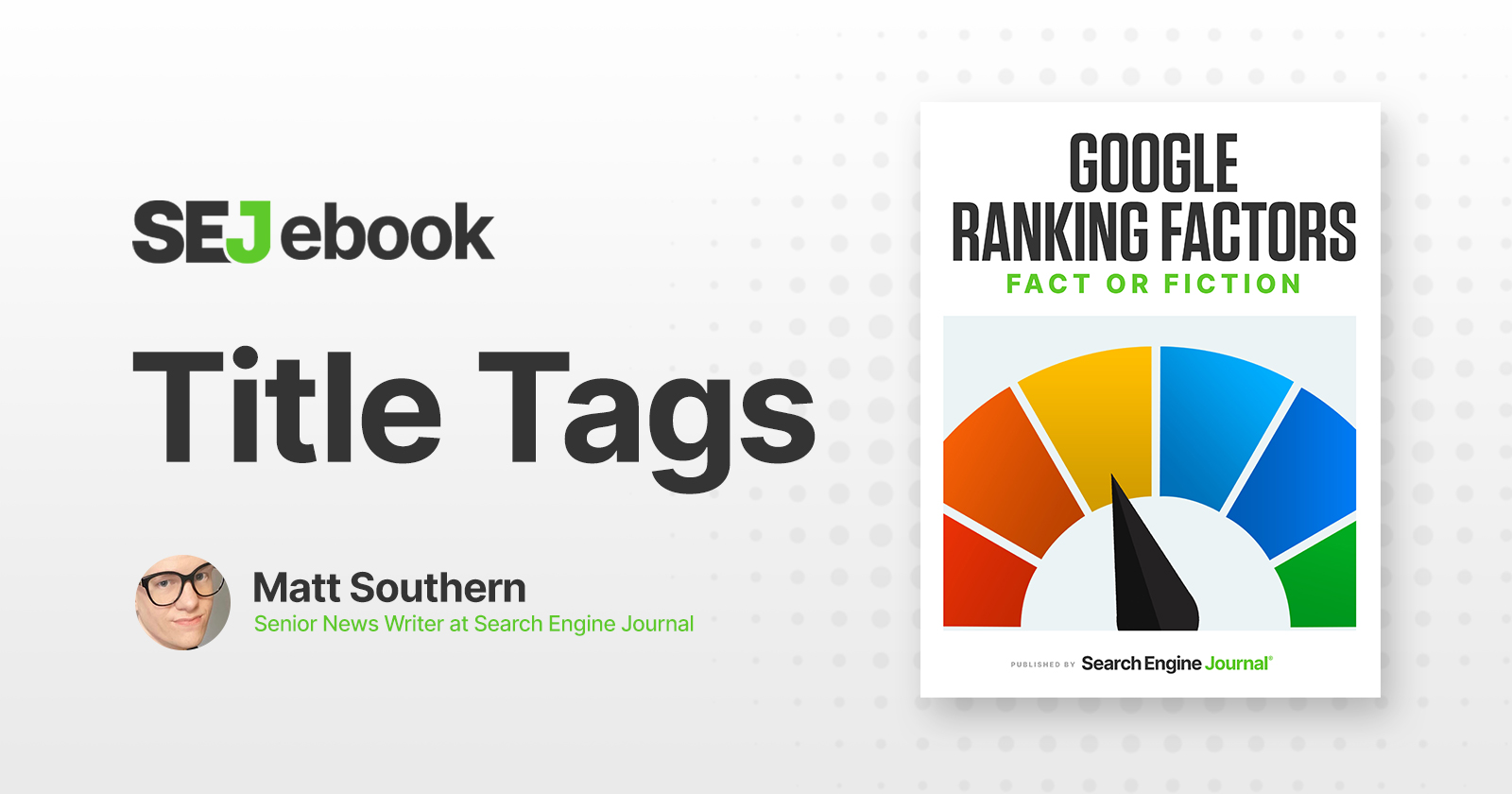AI-generated Content and Deepfakes: Impact of Artificial Intelligence in Media Creation
n recent years, the advancements in artificial intelligence (AI) have revolutionized various industries, including media and content creation. One of the most intriguing aspects of AI’s impact on media is the rise of AI-generated content and deepfakes. Let`s dive...

n recent years, the advancements in artificial intelligence (AI) have revolutionized various industries, including media and content creation. One of the most intriguing aspects of AI’s impact on media is the rise of AI-generated content and deepfakes. Let`s dive into the fascinating world of AI-generated content and deepfakes, examining their applications, implications, and potential challenges.
AI-generated Content: Redefining Media Creation
Artificial intelligence has transformed the way content is generated across various domains. AI-generated content refers to material, such as written articles, blogs, social media posts, and even artwork, created with the assistance of AI algorithms. These algorithms analyze vast datasets to mimic human creativity, style, and tone, producing content that is often indistinguishable from that written by humans.
The applications of AI-generated content are wide-ranging, especially in the field of marketing and advertising. Businesses can now leverage AI to produce persuasive, personalized content that resonates with their target audience, leading to higher engagement and conversions. Furthermore, AI-generated content has found its way into journalism and news reporting, where automated systems can produce news stories rapidly based on available data.
The Rise of Deepfakes
Deepfakes, on the other hand, represent a specific subset of AI-generated content that focuses on audiovisual media. Deepfakes use machine learning techniques, particularly deep learning neural networks, to alter or manipulate existing video and audio content to create realistic simulations. These simulations can make it appear as though individuals are saying or doing things they never did.
Initially, deepfakes were primarily associated with harmless fun, such as swapping faces in videos for entertainment purposes. However, as the technology progressed, the potential for malicious use became evident, leading to concerns over their impact on society.
The Implications and Concerns
While AI-generated content offer numerous benefits, they also raise significant concerns. One of the main challenges is the potential for misinformation and fake news dissemination. AI-generated content can be used to create convincing but false narratives, leading to confusion and mistrust among the public.
Additionally, the rise of deepfakes has the potential to damage individual reputations, incite social unrest, and spread propaganda. It becomes increasingly difficult to discern authentic content from manipulated media, eroding trust in the information presented.
Balancing Advantages and Risks
It is crucial to strike a balance between embracing the advantages of AI-generated content and mitigating the risks associated with its misuse. Implementing advanced AI algorithms to detect and verify the authenticity of content is essential. Alongside this, promoting media literacy and educating the public on identifying deepfakes can help combat the spread of misinformation.
How to Avoid Deepfakes in Media Creation
To avoid AI-generated deepfakes in media creation, there are several proactive measures individuals and organizations can implement. These strategies focus on detection, prevention, and promoting media authenticity. Here are some essential steps:
1. Media Literacy and Education
Educate the public, media professionals, and content creators about deepfakes and their potential dangers. Media literacy can help individuals recognize manipulated content and be cautious about sharing unverified information.
2. Implement AI Detection Tools
Develop and utilize advanced AI detection algorithms specifically designed to identify deepfakes. These tools can analyze videos and images for signs of manipulation, helping to distinguish authentic content from fake ones.
3. Watermarking and Digital Signatures
Use watermarking and digital signatures on media content to establish its authenticity. Watermarks can be challenging for AI algorithms to recreate accurately, making it more difficult to pass off deepfakes as genuine.
4. Multi-Factor Verification
Introduce multi-factor verification processes for sensitive media content. This can involve cross-referencing the content with reliable sources or collaborating with subject matter experts to confirm its legitimacy.
5. Encourage Source Verification
Encourage journalists and content creators to verify the sources of media they use in their work. Cross-checking information from multiple credible sources can help avoid relying on manipulated content.
Conclusion
AI-generated content and deepfakes represent groundbreaking innovations in media creation. They have the potential to revolutionize the way content is produced and consumed, but they also pose ethical, social, and political challenges.
Promoting media literacy, adopting AI detection tools, and encouraging responsible content sharing are essential steps towards safeguarding the authenticity and credibility of media. Transparency in content creation and adhering to ethical guidelines can also contribute to maintaining public trust and ensuring that AI remains a tool for positive advancements in media creation.

 Fransebas
Fransebas 












![7 Strategies That Will Get Powerful Results for Your Marketing and Sales Teams [Free Webinar on May 24th]](https://neilpatel.com/wp-content/uploads/2022/05/1362817_WEBINAR-7StrategiesThatWillGetPowerfulResultsForYourMarketingAndSalesTeams.jpg)



















